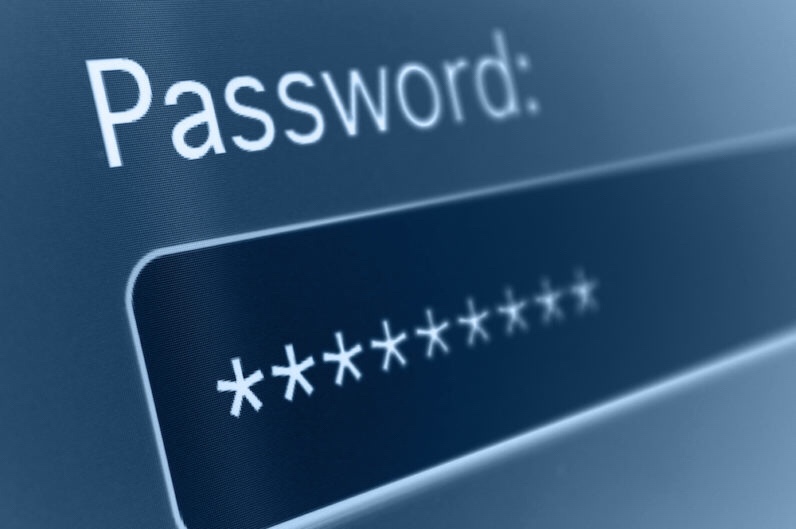These days most people have a long list of accounts online, from social media to shopping. It’s simply not safe to use the same password for different account logins, yet keeping track of multiple passwords can be a nightmare. This short guide explains how to choose the right passwords and how to keep them secure.
Why do I need to worry about my passwords?
Passwords are paramount to protecting yourself online. In most cases, they’re the only thing stopping others from accessing your private data. As Tony Neate, CEO of the Government-backed resource Get Safe Online, says: “Passwords are our first line of defence against cyber criminals online.”
But why do I need so many of them?
The key to keeping your online accounts secure is to use a strong and, crucially, unique password for each.
Many of us are guilty of using the same password again and again – in a Nov 2015 poll, only 12% of web users said they used different passwords for every account – but it simply isn’t secure. If a website you use is hacked and your password stolen, anyone that gets hold of it can also break in to your other accounts which have the same password.
Sadly, as shown by recent hacks at sites such as LinkedIn and Dropbox, in which millions of account details were stolen, these are not uncommon. (You can check if you’ve been compromised in many recent breaches using the HaveIBeenPwned? tool.)
So how do I pick strong passwords for my accounts?
There are different schools of thought on this – there’s no single best way, so just see what works best for you.
Get Safe Online suggests you start with three random words, and include lower- and upper-case letters. To make it more secure, add in numbers and symbols (such as @ # $ % ^ & *) – and make it at least eight characters long.
Why not see how secure your password is by checking it on this password security site?





